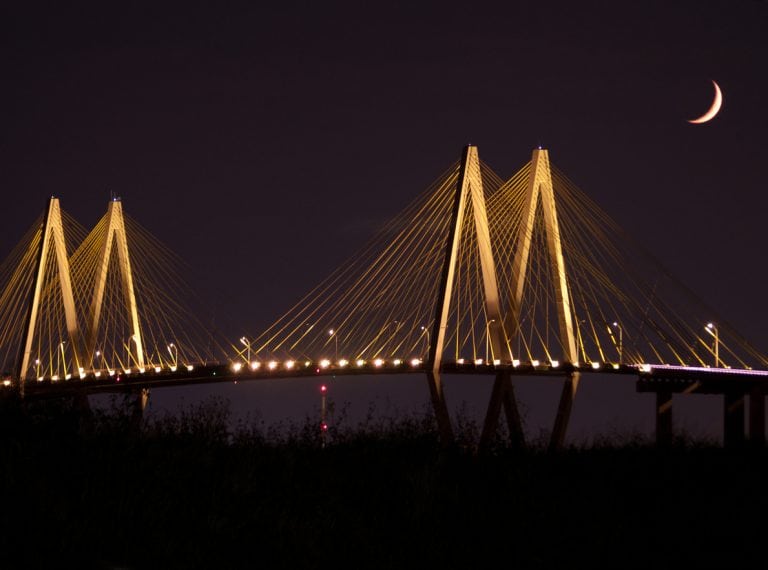
By Destiny Vaquera, Gerald D. Hines College of Architecture & Design Contributing Writer
The Green New Deal Superstudio recently selected Gerald D. Hines College of Architecture and Design alumni Edwin Barajas, Mariana Galvan, and Ferdous Kabir’s student project Human/Non-Human Collaboration Labs (H.N.H.C.L) under its Remediate section as part of its curated showcase.
The Green New Deal Superstudio is a concerted effort giving form to policy ideas by translating the core goals of decarbonization, justice, and jobs into place-specific design and projects. Human/Non-Human Collaboration Labs was one of 55 selected from 670 project submissions catalyzing the conversation on a wide variety of issues.
The project originated during professor Daniel Jacobs’ spring 2021 ARCH 5500 Wild Life studio. Human/Non-Human Collaboration Labs is a participatory research institute with the intent of developing new methodologies for remediating land through the experimentation of phytoremediation and similar ecological methods. The institute aims to form new relationships with the land, native species, and humans by experimenting with different ownership structures, introducing open-source practices, and including architectures changing with the needs of the site and serving as precedent for other sites as well.
“I think the great innovation of these students’ project was not only the looseness of their structures, but the method of their distribution and articulation”, said Daniel Jacobs. “Their project had a complex interchange between the structures, land, spatial remediation, and the model of ownership.”
Human/Non-Human Collaboration Labs is located in the northwest side of Houston’s Fifth Ward and is characterized by its industrial use and its adjacency to a railroad line and residences. The site serves as a meeting ground for ‘Eco Art’ and a medium for eco artists and scientists to continue their research, showcase their work, and engage with the public.
“The group consistently challenged themselves on the brief throughout the term. I think one of the most amazing parts of the project was the images they produced,” shared Jacobs. “One of the most important things in architecture is that we are not individual producers of architectural beauty. We are complex systems of co-production. It was really exciting to see the students work together so well as a group to produce a high-level project challenging me to think in new ways, as well.”
Learn more about the project at www.gndsuperstudio.com.
Source: Gerald D. Hines College of Architecture & Design






